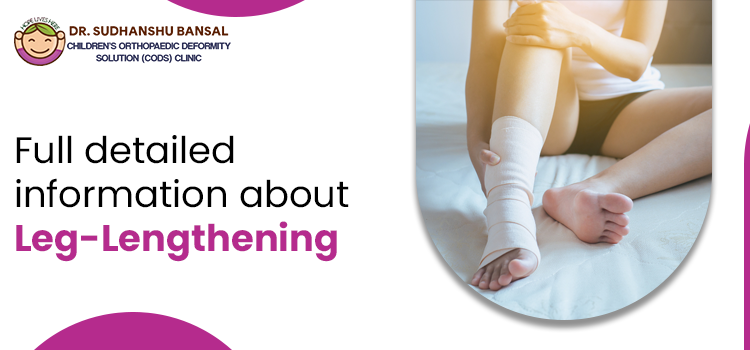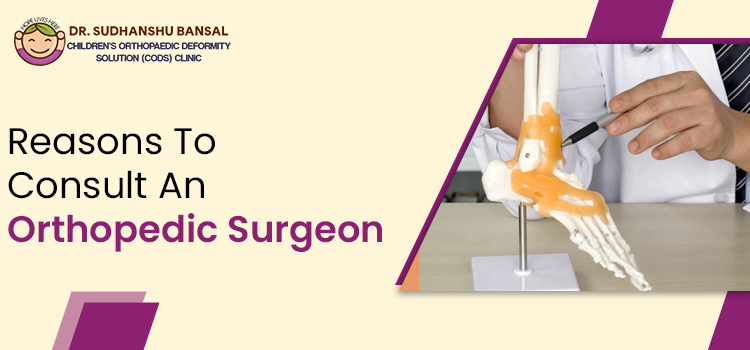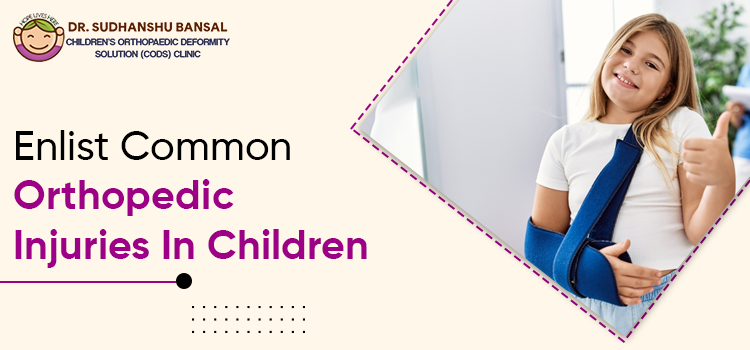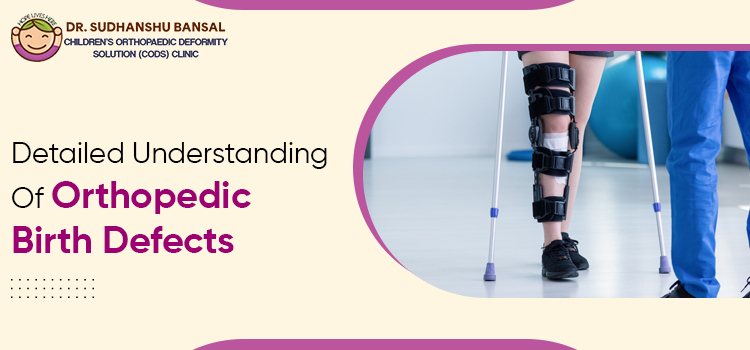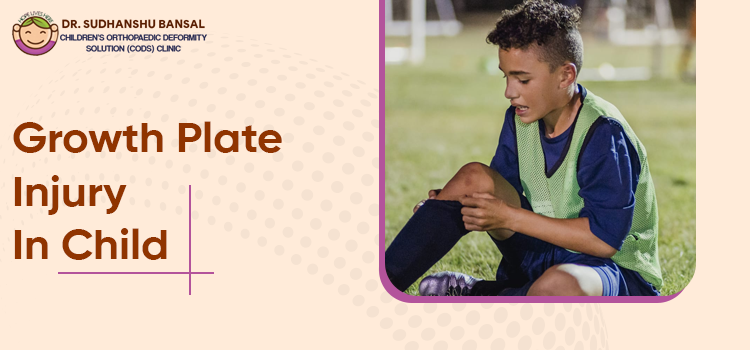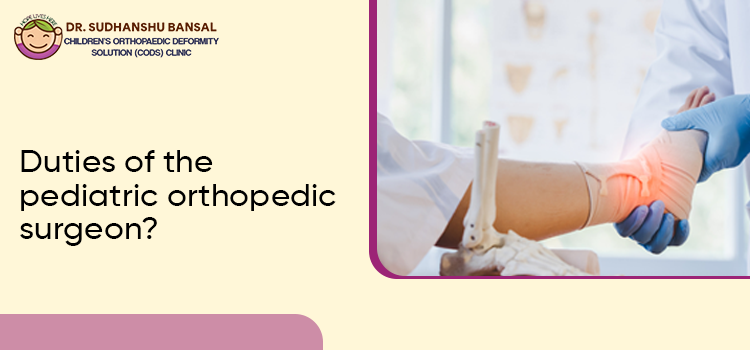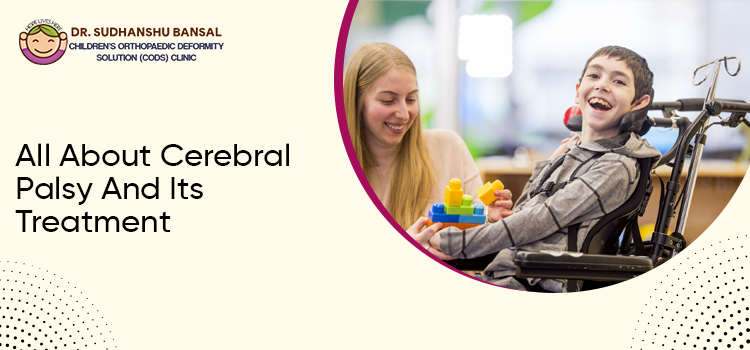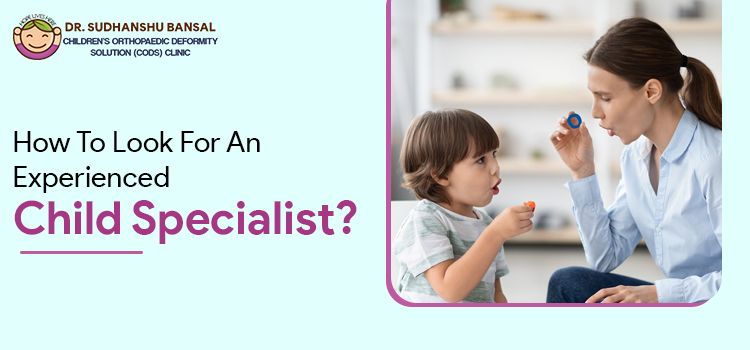Well, children suffering from cerebral palsy issues often struggle a lot as they can not perform well in physical activities. It also has a harmful impact on the overall growth and development of a child. To get a perfect solution to these issues, you can get in touch with Dr. Sudhanshu Bansal, a child Orthopedic Doctor in Ludhiana.
Moreover, parents always try to do everything that can bring improvement in a child’s condition. But it would help if you visited Cods Clinic. A Pediatric Clinic in Ludhiana.
These are some possible advantages, disadvantages, and other information about leg-lengthening surgery.
- How does leg-lengthening work
Many children do not have the same length of both legs, and this problem brings many issues along with it, such as difficulties in walking and pain in the legs. And leg-lengthening is the last option to solve these issues. In this specific surgery, doctors cut leg bone and keep a small gap to allow the body to grow a long bone, which can help to make the length of both legs equal.
However, surgeons also insert a metal plate in the bone, which gradually makes the gap bigger according to the requirement, and with the passage of time, the body keeps on healing that, which brings desired results.
- Benefits of leg-lengthening
Children having different lengths of legs face numerous issues in their daily routine and body health as well. It also affects their walking style and body posture. Additionally, pain while walking, joint pain, back pain, and pain in the feet are also pretty common for a sufferer of cerebral palsy.
But leg-lengthening surgeries to fix the abnormalities of leg growth are the best option to mitigate or completely control all these issues. Happily, the success rate of these surgeries is more than ninety-five percent, but it can take months in order to get a proper recovery of bones.
- Associated risks with leg-lengthening
Almost all doctors recommend leg-lengthening surgery to those who are suffering from cerebral palsy issues because almost all medications are insufficient to solve these issues accurately. And the more challenging part of this surgery is that it takes several months to get proper recovery. And according to many studies, it is clear that in order to increase one centimeter of bone, a human body takes around 36 days.
So you can get an idea about your recovery period according to the leg length. The possible risk factor is that it can cause infection in bones and muscle damage, and chances are high that venus will also get affected. But if you will get your treatment from an expert and will take care of it properly, then chances are high that you will not face these issues.






